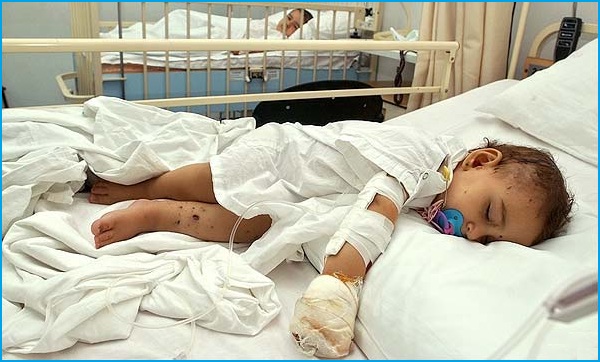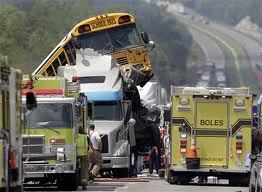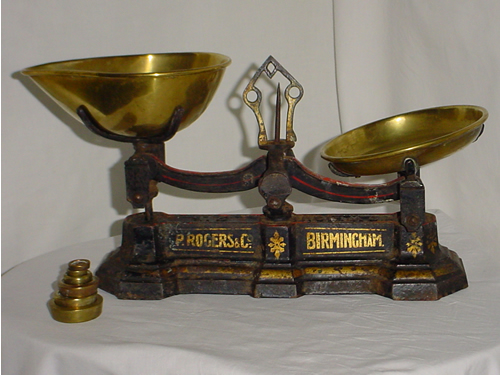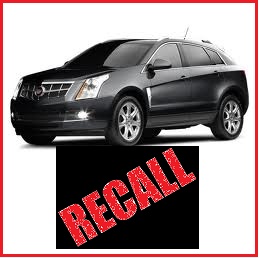Settling A Child’s Maryland Automobile Accident Lawsuit
 The State of Maryland protects minors. In lawsuits, the State has established rules to help ensure that children (age 18 and under) who receive money, by settlement, have protection against misuse of those funds.
The State of Maryland protects minors. In lawsuits, the State has established rules to help ensure that children (age 18 and under) who receive money, by settlement, have protection against misuse of those funds.
First, if the minor is receiving less than $5,000 (not including attorneys’ fees or costs), the check may be made out to the child’s legal guardian. Typically this will be written something like “Hester Prynne, mother and natural guardian of Pearl Prynne-Dimmesdale.” The parent may deposit the check in their bank account without any special arrangements, and may use the money as they see fit for the child’s benefit.
If the minor receives $5,000 or more (again, exclusive of attorneys’ fees and costs), the State has decided that special protections must be observed. There, the check would read like this: “Hester Prynne, trustee under Title 13 of the Estates and Trusts Article, Annotated Code of Maryland, for Pearl Prynne-Dimmesdale, minor.” The trustee is anyone who will be responsible for the money–there is no other court paperwork required to create a trustee. That check must be deposited into an account set aside for the child–it cannot be deposited into the parent’s or trustee’s account. The money must be held in the interest-bearing account until the child turns 18, at which point the child gets sole access to it.
 Maryland Car Accident Lawyer Blog
Maryland Car Accident Lawyer Blog


 I’ve wondered this question ever since grade school. Back then, we didn’t have to wear seatbelts, but I remember dutifully doing so and chastising my parents when they didn’t (probably something we learned in school). In Maryland, we weren’t required to wear seatbelts until July 1986, and that was only for front seat passengers.
I’ve wondered this question ever since grade school. Back then, we didn’t have to wear seatbelts, but I remember dutifully doing so and chastising my parents when they didn’t (probably something we learned in school). In Maryland, we weren’t required to wear seatbelts until July 1986, and that was only for front seat passengers. Because of television legal dramas, most people know about the burden of proof. For criminal cases, the burden of proof is usually “beyond a reasonable doubt.” In civil cases, like
Because of television legal dramas, most people know about the burden of proof. For criminal cases, the burden of proof is usually “beyond a reasonable doubt.” In civil cases, like  Cadillac announced a recall of their 2010 and 2011 SRX vehicles (yeah, I had to look it up–I drive a Saturn) because of potentially defective transmissions. This recall affects 8,789 cars. The problem is that a transmission shift cable may come out of the transmission bracket. The
Cadillac announced a recall of their 2010 and 2011 SRX vehicles (yeah, I had to look it up–I drive a Saturn) because of potentially defective transmissions. This recall affects 8,789 cars. The problem is that a transmission shift cable may come out of the transmission bracket. The